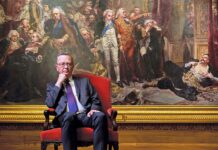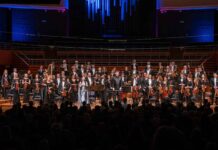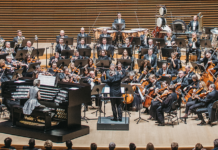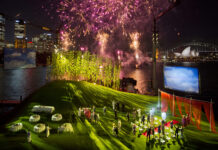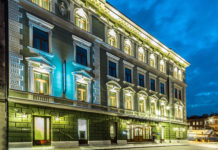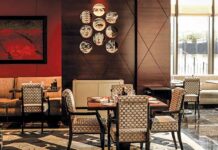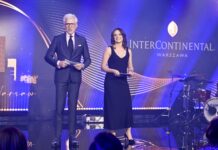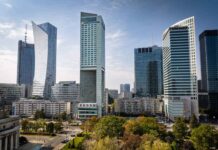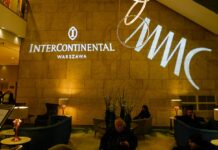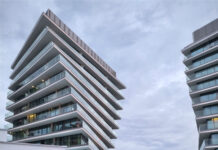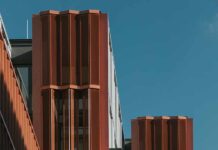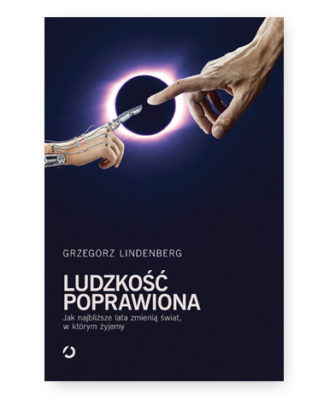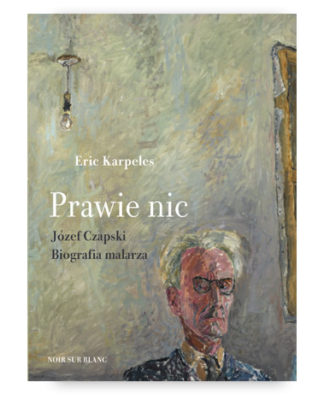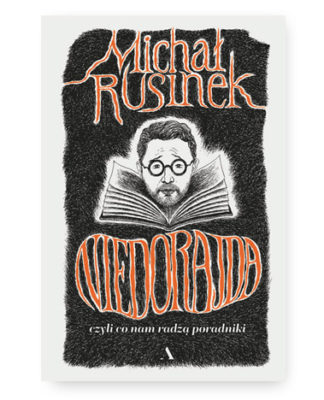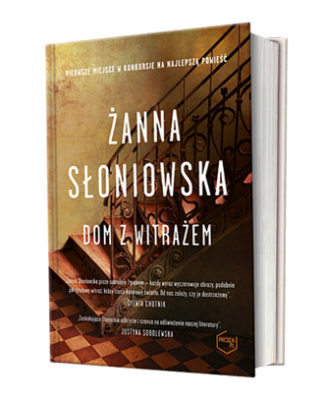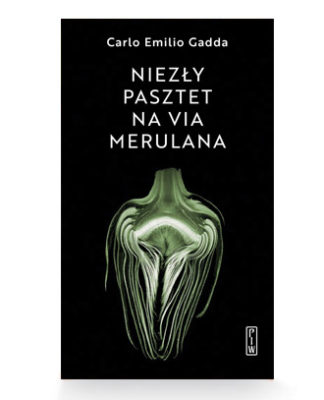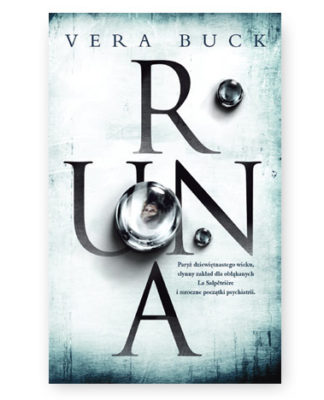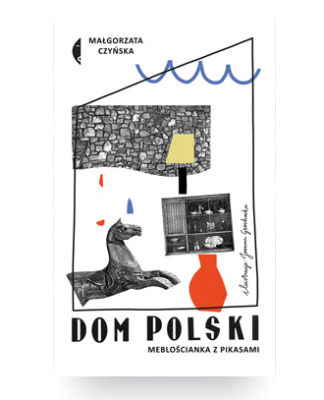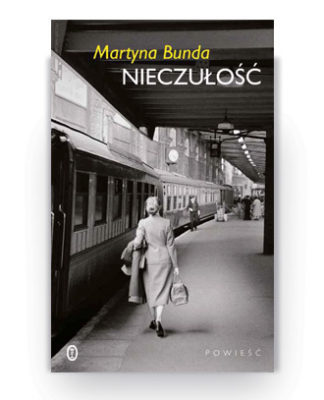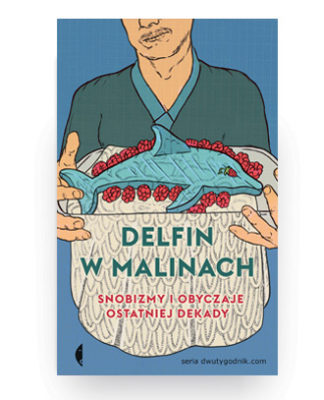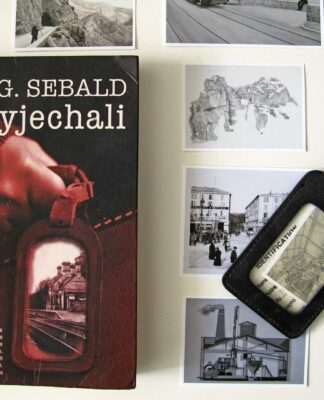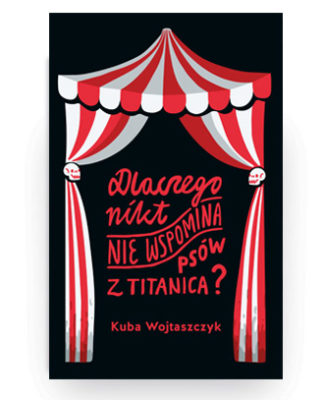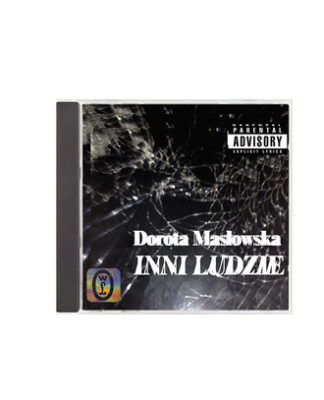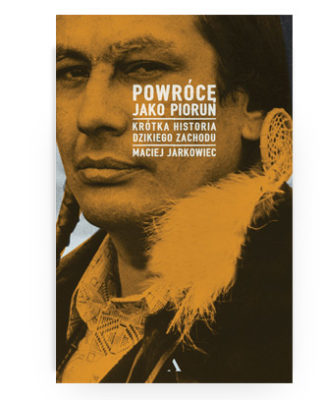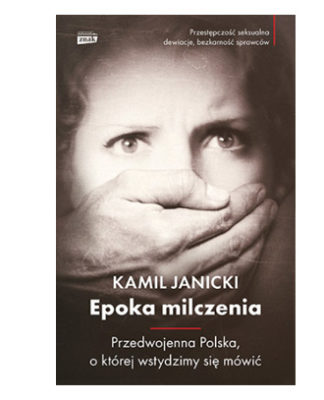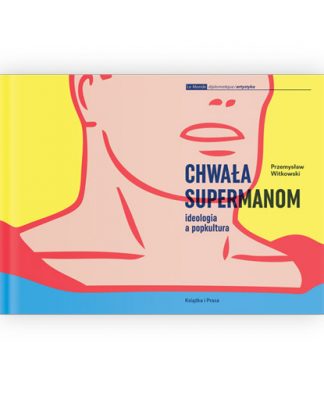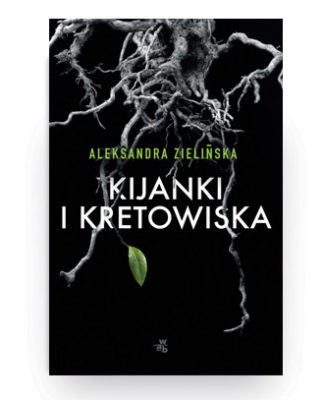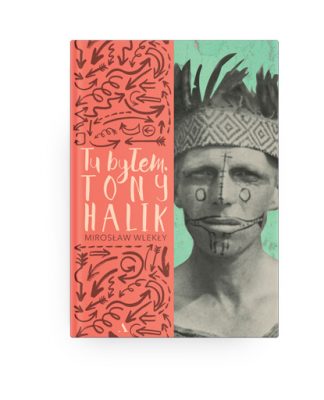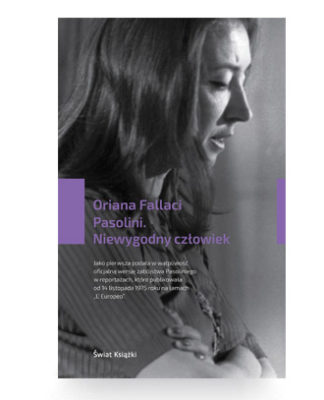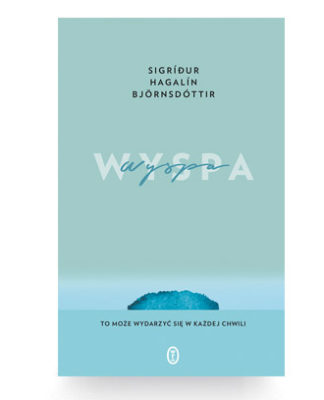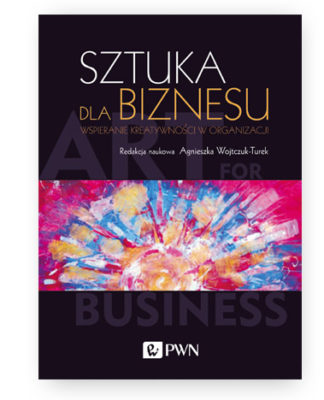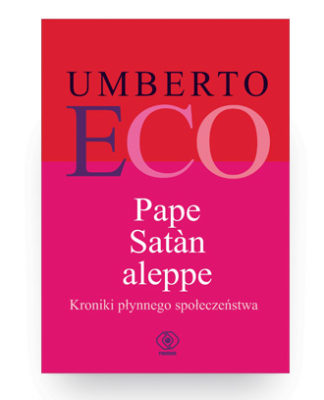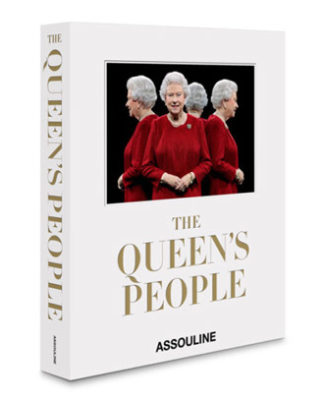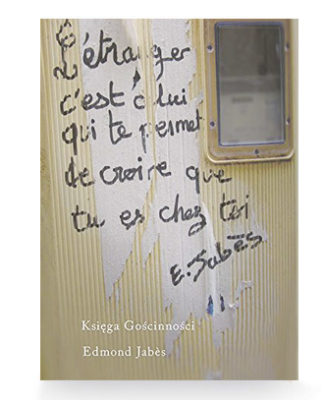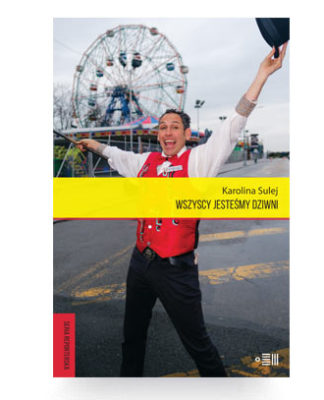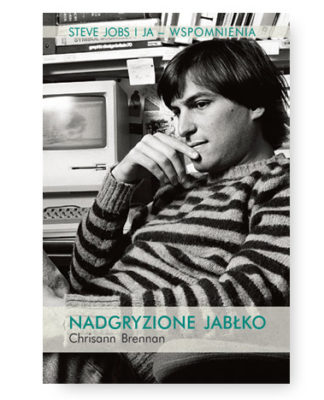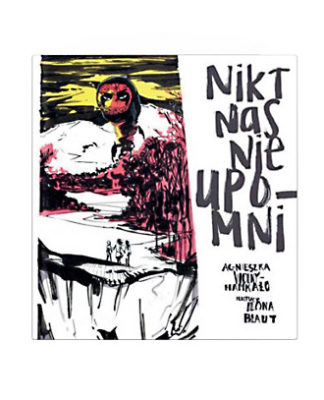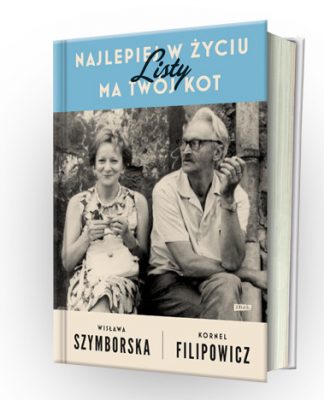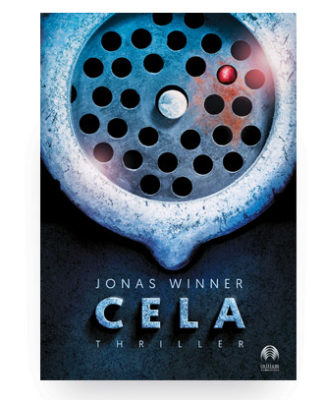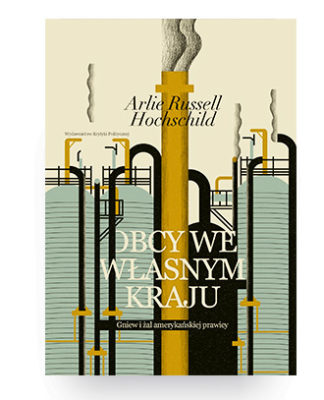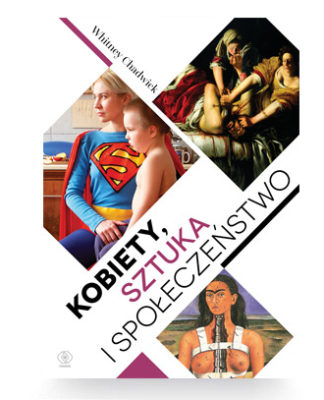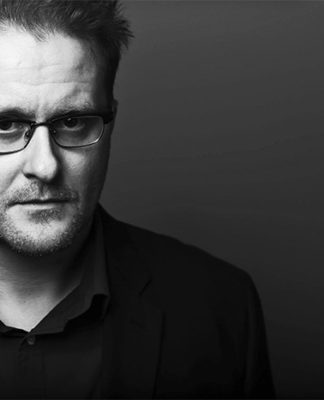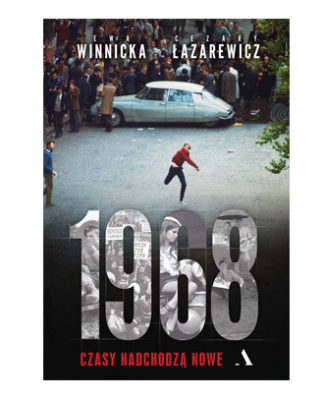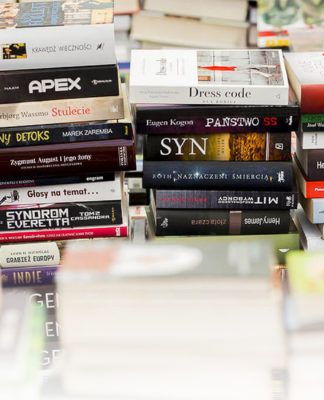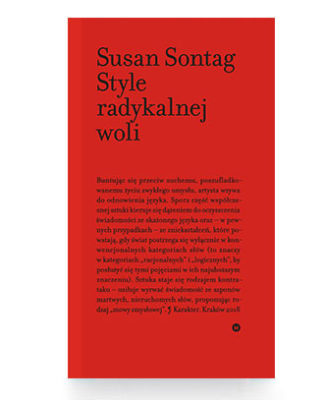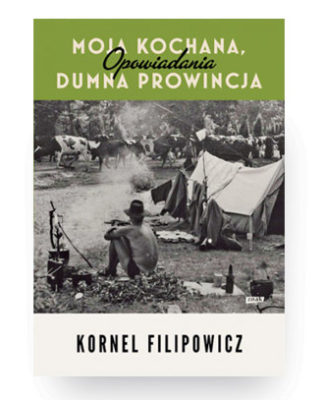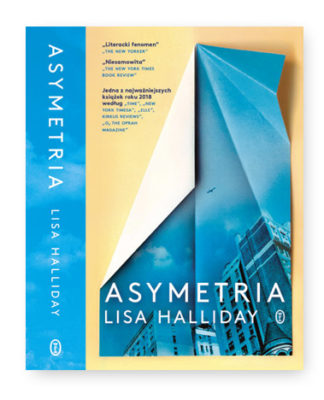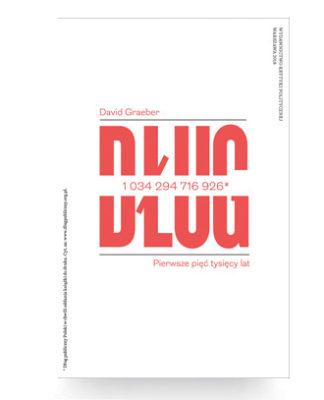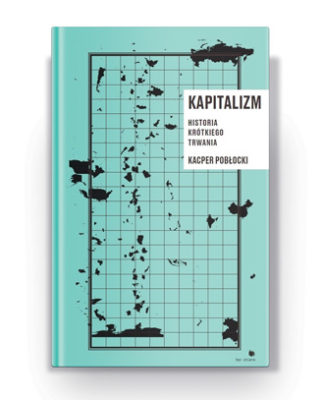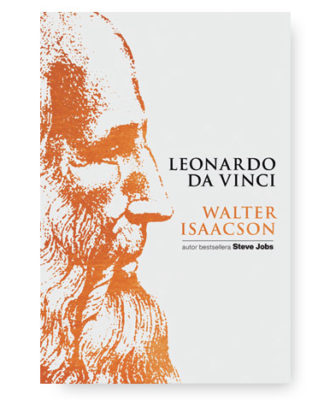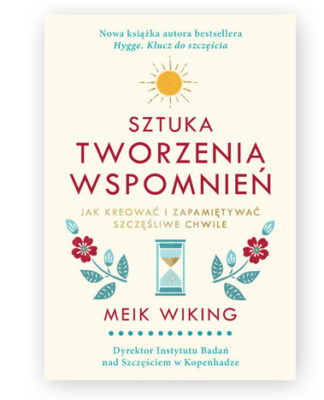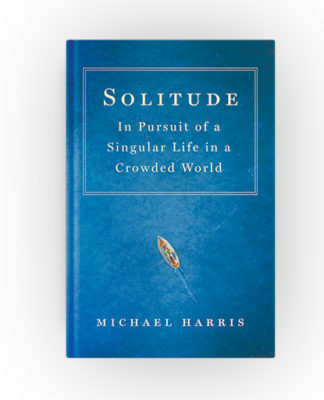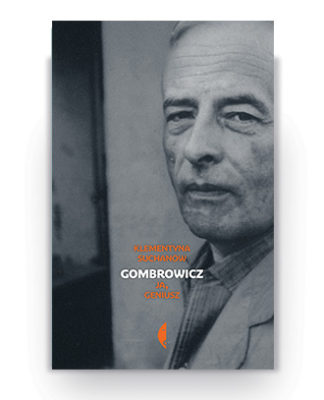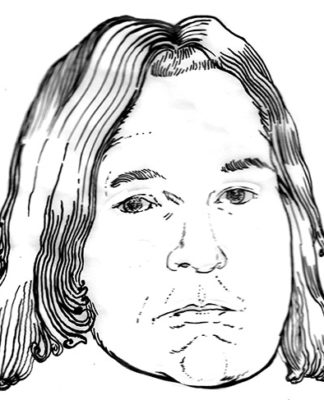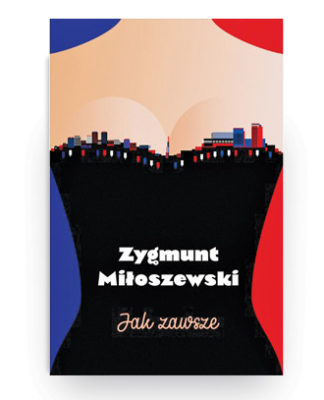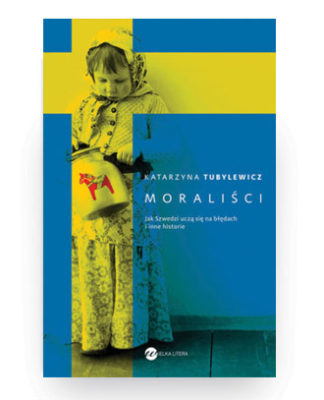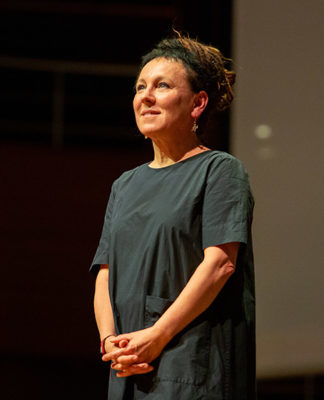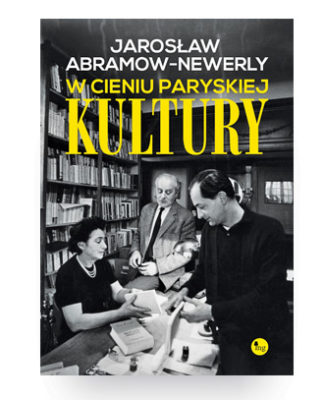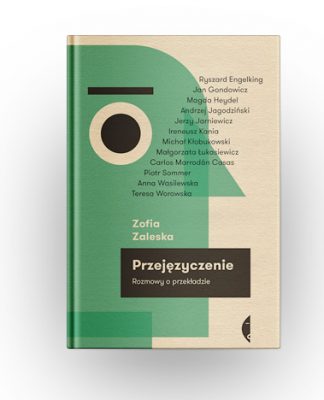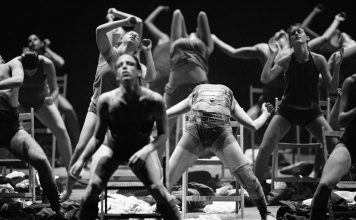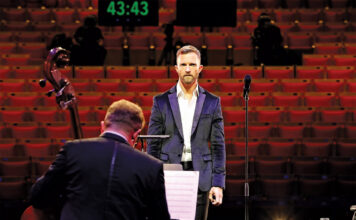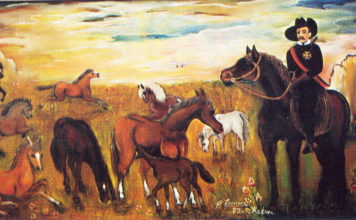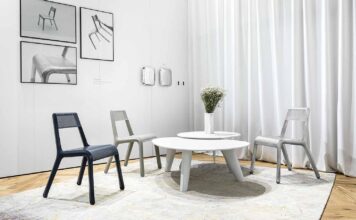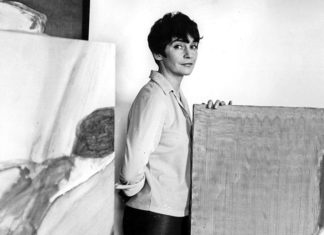Opened only five years ago, the National Forum of Music is one of the most prestigious concert halls in Europe. It has now taken delivery of its crowning glory – its extraordinary new organ. It should be the final stage in the construction of Wrocław’s new music venue and we talk to the NFM’s director, Andrzej Kosendiak, to find out if that is indeed the case.
Text: Marcin Majchrowski
Photos: Łukasz Rajchert
To begin with, let’s talk about money.
No, really? [laughs] Oh, alright then. Ask away!
No, let’s leave it for the time being, although we’ll probably come back to it, because money in culture – as in war – is necessary, indeed crucial.
No, it’s interesting … we might as well start with themoney. I remember a meeting in Cannes, with the Dutch architect Erick van Egeraat, who was the chairman of the jury for the NFM architectural competition. We talked about the project and its impact on the centre of Wrocław. Back then it was the last major undeveloped part of the historic city centre. We met at the developers’ expo and made plans. Then I said that it would be expensive, to which he replied, „Listen, what are you worried about? We’ll get it. It’s not as if there isn’t any money in the world. The money’s there”. I remember it well. It’s not as though we had to cut corners when we were building the National Music Forum. Good investments yield great dividends. And that’s what happened here. It’s changed the face of a part of Wrocław. It’s generated revenue and created nearly 200 new jobs for some outstanding artists and managers. That’s one way of looking at it. Of course, one could say that we are in the middle of a crisis. Surrounded by proverty, it may seem absurd to say that the money is there, but it needs to be said again and again. The money is out there [laughs], but it should be here in Poland… and I want it in Wrocław at the National Forum of Music. It’s a game we have to play both on the macroscale and through initiatives that may not be so large, but incredibly important all the same.
When you talk about securing funding for Wrocław, I imagine the process as more of a sophisticated artform, than simply a question of counting pennies. Will the organ in the concert hall be the jewel in its crown?
Something like that, although I’d like some other options. After all, the organ was always supposed to be here, but it wasn’t included in subsequent iterations of the budget. Don’t forget, this investment has been carried out under difficult circumstances and during a difficult time. Five years ago, during the inauguration, we were thrilled to receive the final blueprints for an organ, which hadn’t even been planned six months earlier. It was such a joy to see that a central spot had been designated for the organ, because we could also have been left with a dark, empty alcove behind the stage. We did everything we could to get that far, but it was only the first step towards building the organ. We have raised funds, over 20 million – it’s another project financed through the Operational Programme Infrastructure and Environment 2014-2020. We have gained European funding to cover 85 percent of the budget, which is a significant success. At the time the concert hall was handed over, we had already secured this funding and we knew we could afford the organ, instruments and further fit-out to make our lives easier and broaden our artistic offering. Yes, we’ll have an organ and we’re very pleased about that.

The organ is such a powerful instrument that it never fails to capture the imagination. It’s comparable to a symphony orchestra in what it can do. In fact, in the 18th Century, it was considered the most complex device ever created by humankind and it wasn’t until the birth of the computer that it was knocked out of poll position.
It’s a piece of machinery – a mechanical instrument. The organ strings, sliders and stops are all there and they work beautifully. We’d like to organize special organ recitals, so you can look inside and admire the wonderful mechanism. It will also add to Wrocław’s already rich organ heritage and take its place alongside Engler’s great organ in the church of St. Elizabeth, which burned down almost 50 years ago. I was part of the group that worked on the initial designs for its reconstruction, and this experience informed the decisions we made about our own instrument. The organ in St. Elizabeth’s Church will be recreated in its original form dating back to the Baroque, without any subsequent modifications or augmentations. The reconstruction of the case will probably be the most expensive part of that investment. It was an extraordinary thing to be hold, with fantastic carvings and baroque ornaments. With this in mind, we decided to choose a completely different type of organ for the National Forum of Music and a French late-romantic instrument was created. It will be possible to perform the entire organ repertoire on it, but it’s essentially dedicated to music from the second half of the 19th century and the 20th century. I think we hit the nail on the head with respect to its size. We avoided falling into the trap of thinking that bigger is better and it paid off. It occupies its space perfectly and the sound of the full organ tutti is fantastic.
When it comes to size, sometimes people overdo it, don’t they? The organ at the NFM has 80 ranks of pipes. Do they provide appropriate power and performance capabilities?
Sometimes investors or instrument designers want to include everything in an instrument that not only suits the sound of the Baroque and 19th-century repertoire, but also sounds great when it’s used for 20th-century music.

Is that possible?
Anything is possible, but what for? It can be a mistake to aim too high, if you don’t have the space for a such a large instrument. Wrocław’s Centennial Hall was home to the largest instrument in the world, but it has a huge hall with nearly seven thousand seats, so there was enough room. I’m glad we managed to find the perfect fit for our venue and I’m very happy with it.
Let’s come back to the instrument’s construction. In modern organs, the console looks like the cockpit of a spaceship. The one at the Łódź Philharmonic is movable and connected by cables, so it can be placed anywhere on the stage. It’s virtually space-age. Will there be two in Wrocław?
Yes, because – as I said – it’s a mechanical instrument, so the console with all four keyboards and, of course, the pedalboard needs to be near the pipes. After all, there are drawknobs, which through various mechanisms move the sliders to create the sound you want. However, we will of course have a second keydesk that can be moved. When performing symphonic music, it is more convenient for the organist to sit next to other musicians. He sees the conductor and has better contact with the other artists. That’s when all the electronic bells and whistles come into play, but the organist still enjoys a consistent performing experience, because the functions are the same. I think it’s a question of practicality.
Construction of such an instrument requires knowledge, expertise and, above all, experience. Such craftsmanship cannot be learned in a short space of time. After all, the organ is the most complex musical instrument imaginable. The organ at the NFM is by the renowned Orgelbau Klais Bonn, isn’t it?
Indeed, it takes time to gain that knowledge, often over generations and after plenty of experience, success and problem solving. The company that built our organ is run by Philipp Klais, who has inherited knowledge from many generations of instrument builders. It’s only natural to have a family of organ builders, because such knowledge is handed down one instrument at a time. You could say it’s akin to watchmaking.

On a huge scale!
Yes, but there are also large clocks. Some elements in the instrument are large, but others are very small. Some pipes are only several millimetres long, while others can reach up to 12 metres. The construction demands precision, painstaking attention to detail, and even a degree of imagination and know-how. You need to be able to tell what a particular pipe will sound like and know which alloy to use. Tin is the most common, but we also have wooden pipes.
Don’t you regret that trees and forests had to be cut down?
But they sing so beautifully. I think this is one of the few uses of wood which we can talk about without regret. It brings to mind the nymph Syrinx, who was transformed into water reeds under somewhat dramatic circumstances…
…and quite sensually.
That’s right! [laughs] This beautiful sound makes up for the price paid by those trees. This is one of the greatest practical uses of wood, besides sculpture and good architecture. However, there are more ranks comprising metal pipes. There’s an interesting story about Philipp Klais’ family. Its roots are right here in Wrocław. In pre-war Breslau, one of Philipp’s ancestors enjoyed a lot of responsibility and was in charge of the music in the city. This fact turned out to be very important for the builder of our instrument. Apparently, when he entered the NFM concert hall for the first time (six months before the inauguration), he thought: „I have to build an organ in this space”. I think that the price he offered in the tender was really good – in other words, low for an instrument of its class. He really wanted to win the competition, and that’s exactly what came to pass.

You mentioned that the construction of the instrument was problematic. I understand it had nothing to do with money. In the case of other organs built in Poland, there have been technical problems. Was this the case here?
When it comes to money, I’d tread carefully, because there are some issues. Yes, we raised the twenty million złoty or more needed to the purchase the instruments and other necessary things, including almost 11 million złoty for the organ itself, but we’re not out of the woods yet. We need to contribute 15% of the funding ourselves, and we didn’t get it from the partners who jointly manage the National Forum of Music. The Ministry of Culture agreed that this contribution would be financed through a bank loan. Today, the problem lies in the fact that we can only repay it from our revenue, and not by drawing on our subsidy. Usually our revenue is substantial and totals several million a year, but not this year. We are finalizing the construction and our revenue has gone down dramatically.
Is that because of COVID?
Of course! Our revenue mainly flows from ticket sales, rentals, concerts, etc. Now we will have 8 or 9 million less. And it leads to the question of how to pay for our contribution to the costs. We are trying to raise this money. There is money out there, but these are dramatic circumstances. All good plans are laid to waste when a natural disaster like this comes along. So we have to solve this now. As for the problems, there’s nothing wrong with construction of the instrument itself. However, there was a rather dramatic situation and an interesting story related to the design of the organ before the opening of the concert hall. It was crazy, because the decision was made quite late and perhaps on impulse. I once entered the hall and saw the floors were already finished, everything was starting to look fantastic, but the empty recess in the wall really started to bug me. I started wondering if it were even possible and whether anyone would help us implement the project quickly? We sent out the request for tender and Philipp Klais reacted very quickly by submitting a design proposal. From that moment things got easier and I was impressed by how reliably his company met all the terms of the contract. We upheld the tradition of ceremonially assembling the first pipes. In Germany, they used to be brought to the church in ceremonial processions. It was the first joyous moment in the creation of the organ. The second was actually taking possession of the organ. We held a happening to mark the arrival of the pipes and we transported them on one of Wrocław’s historic trams. A lot of the city’s residents took part as the pipes were carried into the town hall and they signed one of the larger ones. It’s in a very prominent spot within the organ. After all, the city has been enriched by it, so we want the residents to know that it’s theirs.

The pandemic is directly and painfully affecting our cultural institutions and what they do. Music is a platform for exchanging ideas and emotions through direct, interpersonal contact between performers and listeners. Isn’t the pandemic forcing us to reevaluate our approach to culture? Won’t it have a negative impact on music and our civilization?
I think the world will be different after this experience. I don’t know in what way, but I hope it will be better. The period of total lockdown, the lack of direct contact with art and music, was a shock for everyone. The fear of the unknown made it worse. However, we are slowly coming back to life. In June, there were three concerts, including two performed by the Wrocław Philharmonic Orchestra, and in August there were another two. We’ve observed that people want to return, despite the restrictions. The sense of fear that surrounds the crisis is not as overwhelming as it was six months ago. We are lucky that the building is quite large, so even if half the audience comes, we can still accommodate over 700 people. Most of the philharmonic halls in Poland don’t have such a capacity. Sure, from the stage we can see that the audience has been reduced, but at least there’s someone to play to. These concerts were very emotional for us and our audience. I think most people will always want to listen to live music. That’s what I hope, although there was a moment when I had my doubts and very dark thoughts. Over the 15 years that I have been the director here, there’s always been something different going on – new bands, festivals and other projects, such as the investments and construction that led to the opening of the Forum. Finally, we settled into our new home and we attracted an audience to all our concerts. We managed to achieve a degree of financial stability and now it looks like it’s all going to collapse. I found myself questioning whether it would be possible to do it all again. It will probably take a long time before we return to our pre-pandemic existence, but I believe we will.
So the full symphony orchestra of the NFM Wrocław Philharmonic is unlikely to play this season, then? No oratorios needing strong ensembles?
Between mid-February and June, we went through four iterations of our schedule. We are currently selling tickets for concerts through December. Soon, we’ll announce the remainder of the season. After many discussions, we decided to announce a program that could withstand any necessary changes. Of course, we are not sure what will happen in the end. If Wrocław is declared a hotspot (and I hope it won’t be) these plans will be obsolete. We realized that our music lovers were hurt by changes and canceled concerts. Once was bad enough, but understandable. A second time is harder to bear. Therefore, we don’t want to expose our music lovers to constant changes. As a result, there won’t be too many outstanding foreign ensembles, and when it comes to our conductors and soloists, we have to draw on what’s available. Many of our musicians will be performing solo, which will offer them great opportunities to promote themselves. In June our trumpet player gave a fantastic recital and before too long, so will one of our clarinetists and a bassoonist, among others. I hope that Giancarlo Guerrero and Joseph Swensen will be able to come. They are Americans, but I believe they will arrive in Europe in October and work with the ensembles they lead with us. Incidentally, the Nashville orchestra, headed by Guerrero, was totally dissolved. All the musicians are now on the street and Guerrero was also dismissed. It was not so long ago, in January, that we performed with them. So, this season we’ll be on our own, but we will still welcome stars like Piotr Beczała, Aleksandra Kurzak and Jordi Savall. Some things will go ahead.

The pandemic resulted in artistic activity going online. Streaming was supposed to be a temporary alternative for musical culture. Do you think it will stay? I’m afraid it will be like Hermann Hesse’s Steppenwolf, in which the protagonist meets Mozart in the Magic Theatre of the unreal and condemns him to endure the poor sound emanating from a gramophone. Hesse wrote Steppenwolf almost exactly a century ago. Isn’t streaming from a hall with such brilliant acoustics like those in the NFM the same thing?
It’s interesting because, to some extent, we’re moving into the cloud. Maybe one day people will find themselves in the cloud as well. They say the human brain constantly sends out impulses… perhaps therein lies the future.
…but we don’t have microchips in our brains.
But maybe in two hundred years’s time, someone will be reading our thoughts in the cloud. Perhaps, we’ll be there someday. Are these visions of a very distant future, or is it already happening? I don’t know, but I certainly cannot bring myself to accept the poor quality of many of the projects that have appeared in the virtual space. We have released recordings and films from our archives on a regular basis as part of our NFM Online program. That was supposed to sustain our relationship with our listeners. We tried to reach out to them in various ways, in the hope they would come back. However, it doesn’t make much sense to continue doing that. Of course you can broadcast your events as long as the quality isprofessional. However I do not see any point in substituting real life. For me it is little more than an approximation of the actual sound or performance. In order to release a good album, you have to work hard. And to broadcast a live concert, you need virtuosos. In that case it’s fine, but it should only complement and not replace the live experience. That said, it’s fantastic that people, who are unable to attend a concert, can still join us via the radio or online.

Have you finally put the construction of the National Music Forum behind you? The organ is the jewel in its crown, isn’t it?
That sounds a bit like a personal question about my plans. At this point I feel strange, because when this interview is published, I will be reaching retirement age. It’s a turning point for many people, if they are lucky enough to live this long. I’ve thought about visiting the social security office to see what it’ll be like to live on the pension. I have two more years of work ahead of me. Assuming I live that long, I don’t know what I’ll do next. Thinking „what’s next” seems to get to me more and more. Until this year, such speculation was beyond me. I had one goal after another and I kept thinking up more – a new album or a new project. Today, I don’t know how to answer that question. What lies ahead? Is it all behind me? Certainly not! There is still much to uncover, but I have to come up with something and figure out what to do with myself in the future. [laughs]
And in private? Do you like to potter around and relax in your garden?
As far as my private life is concerned, I have a son. He is five and a half years old. Fortunately, he went back to preschool in September and I’ve come to really appreciate the role that they play. As for my garden? Well, it gave me something to do in March and April. I want to thank my deputies, because during the most difficult period they were here on duty more than usual. Given my age, I am in the high-risk group. Therefore, it’s wonderful to have my garden and I’m making full use of it. It’s yielded the tastiest tomatoes I’ve had in years. I’ve also got carrots, beans and herbs. It sounds funny, but sometimes I leave the house barefoot and pick something from the garden. It’s healthy, because I live outside the city limits.
Well, here’s to the future and let’s draw the line at the social security office. |

The NFM Pipe Organ in figures:
– 80 stops (sound colours), including five percussion stops
– 84 ranks with up to 61 pipes each
– total of 4,736 pipes, including 312 from wood and all others made from different tin alloys
– largest pipe: approx. 10 metres long, produces a tone of 16 cycles per second; as our lower hearing threshold is at approx. 20 cycles per second, these sounds can be felt rather than heard
– smallest pipe: approx. 11 millimetres of sounding length, producing a tone of 15 600 cycles per second; this is close to the upper hearing threshold of a middle-aged person
– maximum wind consumption: app. 180m³ per minute
– two fan blowers, which produce the static pressure of a 120-180 mm water column
– one console attached to the organ case
– second console movable around the stage
– total length of all wooden trackers linking keys and pedals in the console with the valves that allow air to flow into the pipes: 1850 m
– width of the organ: 9 m
– height of the organ: 14 m
– depth (including case, but without attached console): 4,5 m
– gross weight: approx. 30 metric tonnes
– the instrument was constructed over approx. 30,000 hours by around 45 organ builders





